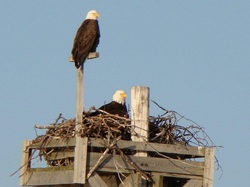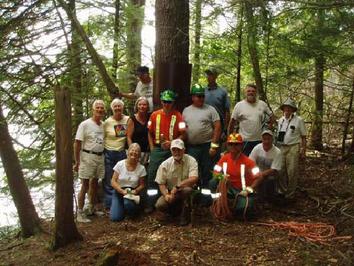Bald Eagles
- Home
- The Council
-
Current Projects
-
Past Projects
- Croskery Woodlot – 2007 - Revisited – 2018
- Leeds Community Pasture - West Pasture
- Leeds Community Pasture
- Leeds Community Pasture - East Pasture
- Bald Eagles
- Duck Box Construction for Friends of Limerick Forest
- Water Monitoring on Chippenhook Creek
- Bellamy To Irish Lake Connectivity Project (Lake to Lake)
- Managed Forest Tax Incentive
- Contact Us
- Photo Gallery
- Strategic Documents
Proudly powered by Weebly

